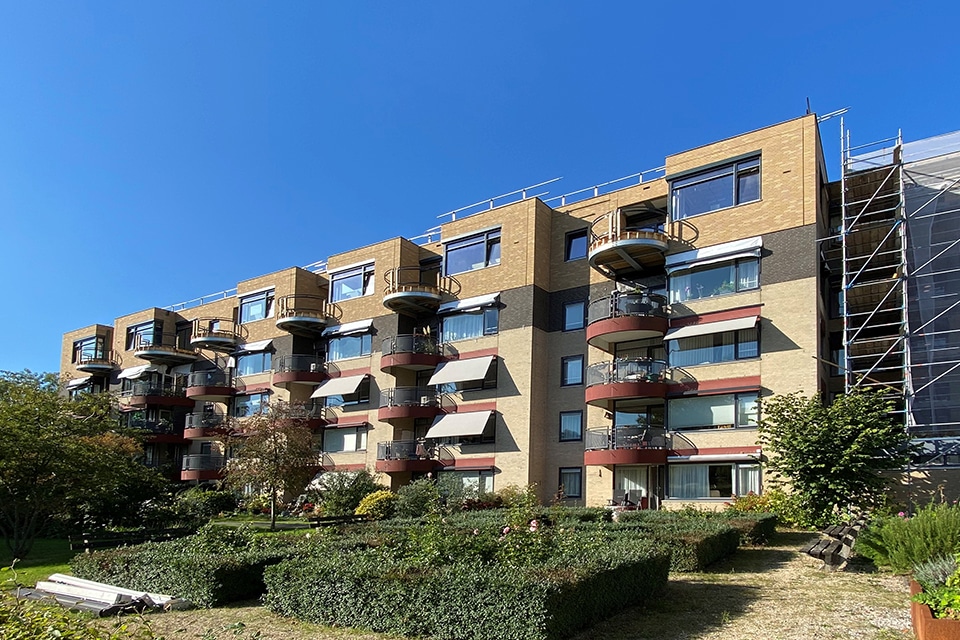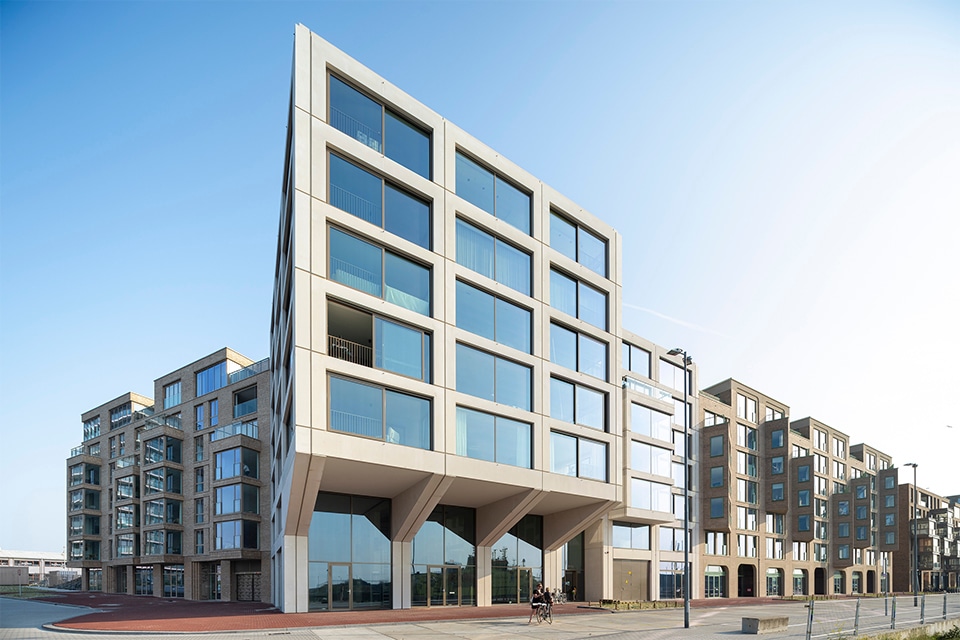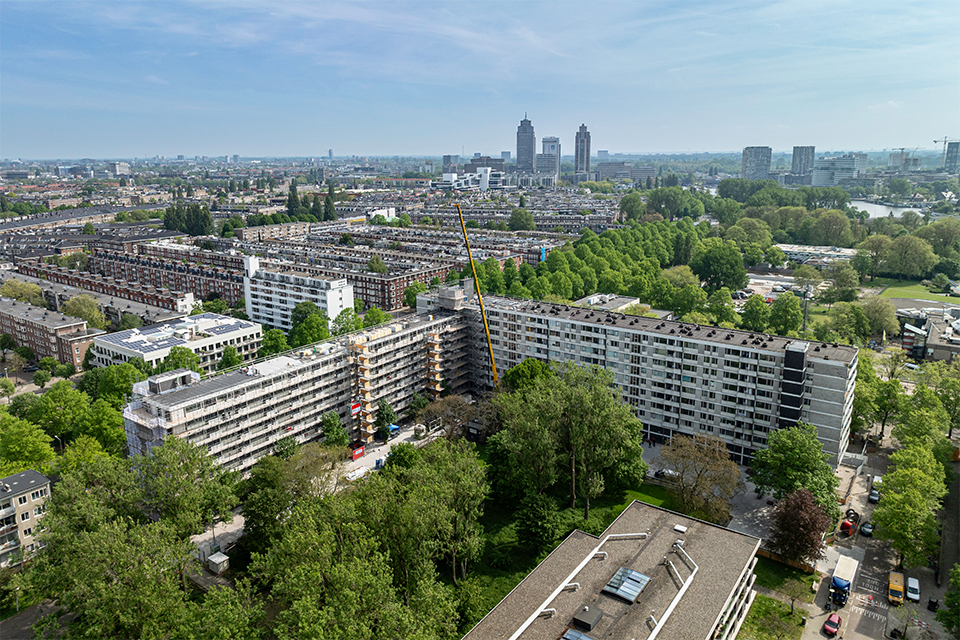
The Rivierenhuis in Amsterdam challenges construction industry to do more
Short cuts to throw-away mentality
Anyone who thinks renovation is mostly about replacing window frames and updating kitchens has not yet seen the Rivierenhuis. In Amsterdam-Zuid, this 1964 residential building is undergoing a radical transformation. Not only physically, but also in the way we look at building. Hemubo is working on one of the most circular renovations in the Netherlands. "This project has changed the mindset of our entire team," says Rutger van Helbergen, Commercial Director of Construction at Hemubo. "We have become pioneers, and that tastes like more."
320 homes will be stripped and rebuilt step by step. In this process, circularity is not an afterthought, but a starting point. Van Helbergen: "We began cautiously, with circular accents. But gradually we wanted more. Now almost all the materials we use are either reused or designed to become reusable. Detachable, bio-based or with low CO2 impact." One example is the plumbing. Instead of replacing everything, mirrors, toilets and sinks were professionally cleaned and reinstalled. "We showed that this kind of reuse is perfectly possible. Everything has been thoroughly checked and meets all requirements. It requires a different way of thinking - but it works."
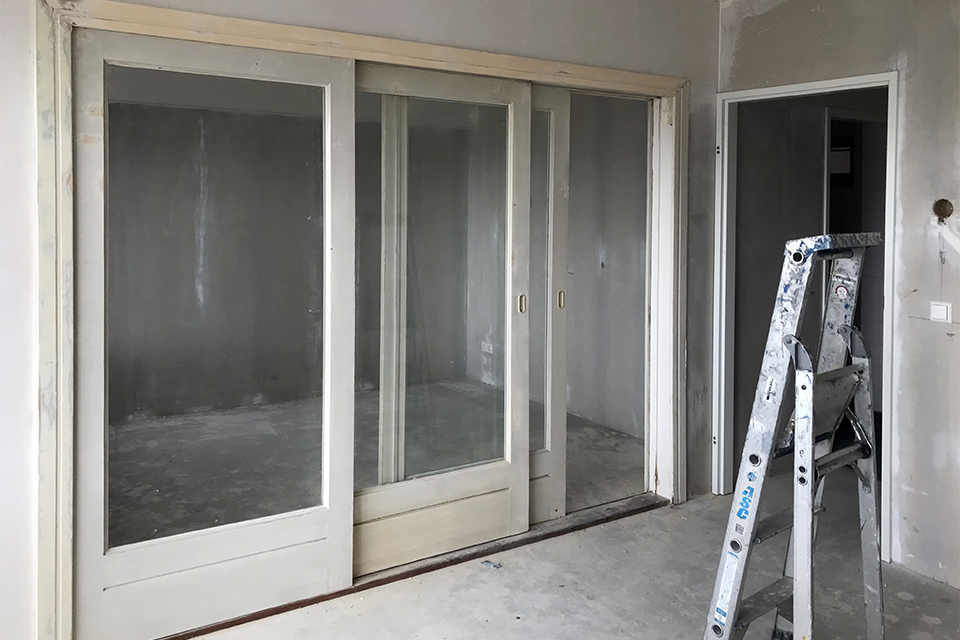
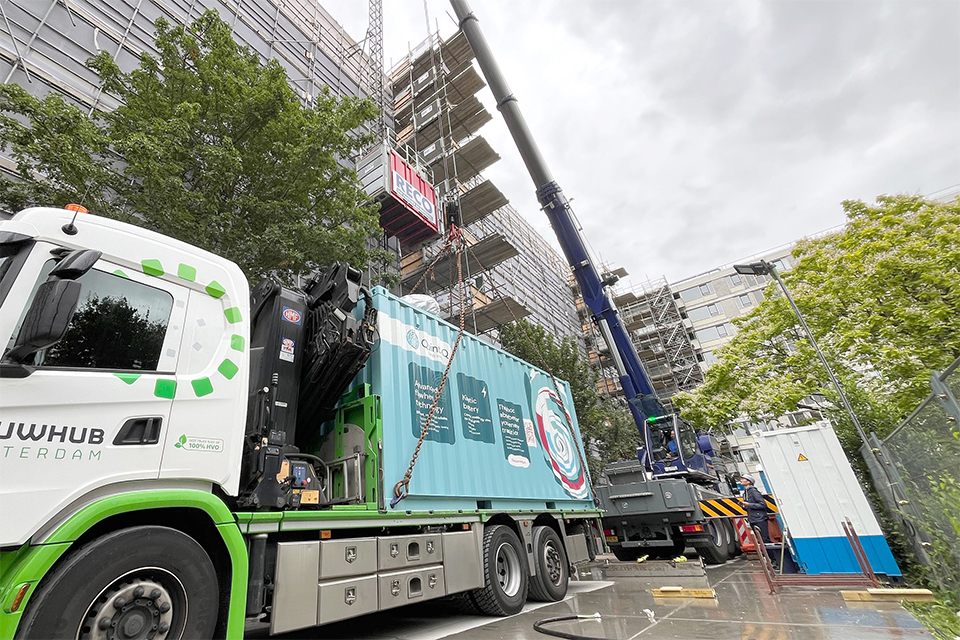
Renovate to perfection
The physical upgrade of the building is impressive, with new entrances, a new stretcher elevator, insulated facades, underfloor heating and solar panels. The entire building is also all-electric, and the layout is also changing. Garages in the plinth are giving way to housing and social spaces, and the former HAT homes are being transformed into self-contained apartments. "With the addition of housing in the plinth, we are creating more livability in the courtyard, one of the residents' wishes," he said.
Skepticism turns into pride
Circularity sounds nice, but in practice you sometimes encounter cold feet. Even among professionals in the execution. "Initially there was hesitation about using previously applied materials," Van Helbergen says. "But by now everyone has been converted: if you check materials properly, clean them professionally and reuse them cleverly, you can still deliver top quality."
"Our people in execution are becoming more and more conscious," he says. "It's becoming second nature. And suppliers have also started to think differently because of this project. What started as an idea is now a learning process that benefits the whole chain."
Awarded with biobased guts
The fact that the Rivierenhuis is at the forefront of biobased construction has now been noticed beyond the construction site. In December 2024, the project won the jury prize for Best Biobased Preservation Project 2025, during the congress Biobased Preservation in Practice in Utrecht. The professional jury praised, among other things, the use of bio-based interior walls by Faay and the non-toxic linseed oil paint by Rigo. Van Helbergen: "It is an enormous honor. This recognition shows that what we do here really makes a difference."
Building with vision
"We have now addressed more than half of the homes," Van Helbergen says. "By February 2026, everything should be finished." And what will remain? A comfortable, future-proof housing complex with fewer CO2 emissions, more social cohesion, and a building that can last another sixty years. "We have saved almost 1.4 million kilos of CO2 emissions with this project. That is equivalent to nine years of electricity consumption of one hundred Dutch households. These figures make us enthusiastic."
The River House is more than a successful renovation. It's a statement. "People often say: we've never done it before, so it can't be done. But we have shown: it can be done. You just need guts and a little ingenuity."

